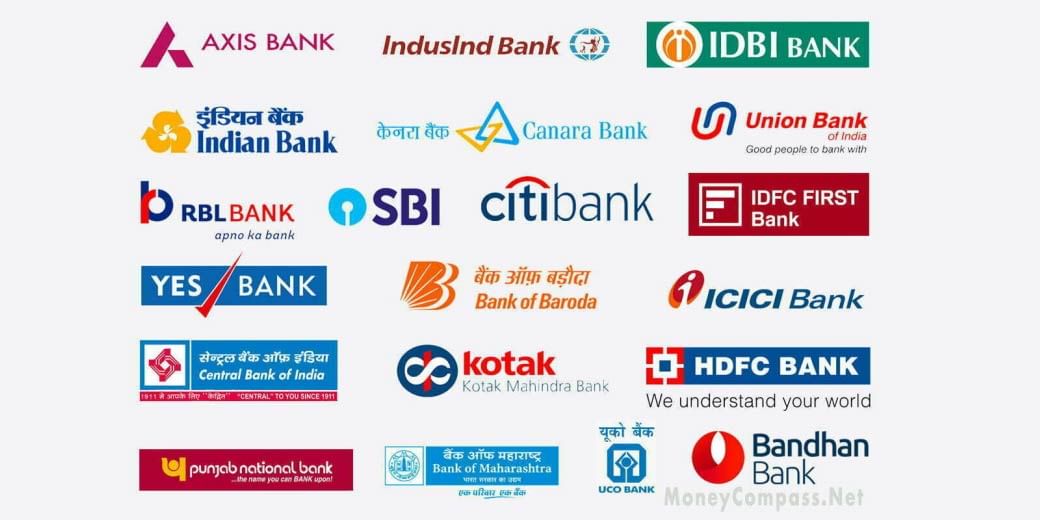This is why smaller banks are giving higher interest on savings accounts, FDs!
Smaller banks are willing to incur higher costs to gather more funds in a short time!

These days, several attractive offers are available on fixed deposits. Banks can provide returns of up to 8 percent on FDs. So, financial experts often advise you to transfer money from a savings account to fixed deposit. Larger banks usually offer nominal interest on savings accounts. The current inflation rate is around 5 percent. Hence, keeping money in savings account may leads to losses. However, some banks are offering inflation-beating interest on savings accounts. These interest rates are even comparable with that given on fixed deposits of some major large size banks. Let’s find out which banks are these? And how much interest these offer?
In the race to attract new customers, small and mid-sized banks are willing to pay higher rates. Small banks have started offering substantial interest on savings accounts, breaking the age-old banking tradition. Larger banks tend to utilize Current and Savings Accounts (CASA) as a means to gather funds at a lower cost. Small banks have changed this equation.
Speaking of small and mid-sized banks, RBL Bank is offering interest rates ranging from 4.25 to 7.50 percent, Ujjivan Small Finance Bank from 3.50 to 7.50 percent, IDFC First Bank from 3 to 7 percent, ESAF Bank from 3.50 to 7 percent, and Bandhan Bank from 3 to 7 percent on savings accounts.
On the other hand, the interest rates on savings accounts of larger banks are considerably lower. SBI, i.e., State Bank of India, offers 2.70 to 3 percent on savings accounts, Punjab National Bank i.e. PNB offers 2.70 to 3 percent, Bank of Baroda offers 2.75 to 3.35 percent, HDFC Bank offers 3 to 3.50 percent, while ICICI Bank offers 3 to 3.50 percent.
The result of this rising competition among banks is that interest on savings accounts in smaller banks now ranges from 3 to 7.50 percent. This is quite close to the 3 to 8 percent return offered by larger banks on fixed deposits.
The reason why smaller banks are giving higher interest on savings accounts is that these banks need to attract new customers. In reality, larger banks have been in the banking business for a long time. Their customer base and banking network are both large. Whereas, smaller banks have only entered the banking business a few years ago. These are trying to establish a foothold in the banking business. That’s why these are willing to incur higher costs to gather more funds in a short time.
Small banks are giving more interest on small deposits. This is compensated by higher interest rates on loans.
The interest rates on loans from small banks are higher compared to large size banks. Small banks usually focus on customers who need small ticket loans. These people are not targeted by larger banks.
According to the banks’ websites, small banks like RBL Bank offer personal loans with interest rates ranging from 14% to 23%. While Yes bank offers personal loans between 10.99% and 20%. On the other hand, larger banks like SBI offer personal loans at interest rates between 11.05% and 14.05%, PNB’s rate of interest lies between 10.40% and 16.95%, and ICICI Bank between 10.50% and 16.00%. Interest rates depend on various factors, including credit score, so rates may vary.
Now you understand why small banks offer higher interest on savings accounts. If you want to keep money in a savings account, small banks will be beneficial. Savings accounts in small banks provide more liquidity compared to fixed deposits. You can withdraw or transfer money whenever needed. It’s better to keep surplus money in a fixed deposit. For taking loans, larger banks will be more suitable for you.